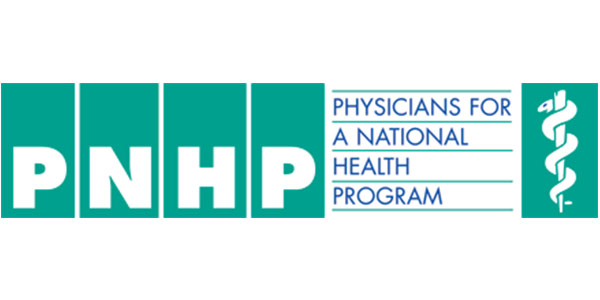Living with Celiac Disease – More Common than You Think

What do The View’s Elizabeth Hasselbeck and MSNBC’s Keith Olbermann share, other than television air time? Both have Celiac Disease, an inherited autoimmune disorder that affects an estimated 1 out of 133 people. When those with Celiac Disease eat certain types of proteins called gluten, their small intestine loses the ability to absorb vitamins and nutrients found in food, leading to malnutrition and other medical complications. Found in wheat, barley and rye, gluten can cause a person with Celiac Disease to suffer from serious health problems if ingesting even a small amount.
Who gets Celiac Disease?
Celiac Disease can strike a person at any age and at any stage during their lifetime. As a hereditary condition, about 17% of people with celiac disease also have an immediate family member who has it.
What Causes Celiac Disease?
Celiac Disease is not a food allergy. Instead, the condition can be caused by a genetic disposition or by certain environmental triggers such as:
- going through puberty
- undergoing and recovering from a major surgery
- pregnancy
- experiencing a stressful situation
- after catching a virus
What are the Symptoms of Celiac Disease?
Some who are diagnosed with Celiac Disease have no symptoms at all, yet 300 symptoms for the disease exist. The most common symptoms of Celiac Disease include:
- abdominal pain
- diarrhea
- constipation
- decreased appetite
- weight loss
- nausea
- failure to thrive
How is Celiac Disease Diagnosed?
According to the National Foundation for Celiac Disease Awareness, 3 million people suffer from Celiac Disease, but around 95% of those are either undiagnosed or misdiagnosed. Celiac Disease can be diagnosed initially though a blood test. If positive, a biopsy from the lining of the small intestine can provide a positive confirmation. Once a diagnosis is made, it’s recommended that immediate family members also get tested due to genetic factors. If left undiagnosed and untreated, Celiac Disease can lead to the development of other autoimmune disorders.
What is the Treatment for Celiac Disease?
Celiac Disease is a lifelong condition since no cure exists. Successfully managing the disease involves adapting to a gluten free diet. Reading labels and learning how to identify ingredients that might contain hidden amounts of gluten is critical to successfully managing Celiac Disease. In recent years, most grocery chains have added gluten-free sections and restaurants have become more pro-active by adding gluten free items to their menus. Fortunately, damage to the small intestine can be reversed if glutens are removed from the diet.
It can take several years for someone to be correctly diagnosed with Celiac Disease, since the symptoms are similar to other gastrointestinal conditions like Crohn’s Disease and Irritable Bowel Syndrome. For more information on the symptoms of Celiac Disease or to find a gastroenterologist near you, download the free iTriage medical application or visit www.iTriageHealth.com.
 This article was brought to you in partnership with iTriage. iTriage was founded in 2008 by two emergency medicine physicians to empower people to make better healthcare decisions, and improve healthcare delivery. The company’s mobile healthcare platform offers a proprietary Symptom-to-Provider™ pathway that empowers patients to make better healthcare decisions. iTriage helps people answer the two most common medical questions: “What could be wrong?” and “Where should I go for treatment?” Consumers can download the free iTriage mobile app on their iPhoneand Android devices, and thousands of healthcare providers use iTriage to reach and communicate critical facility and service information to patients.
This article was brought to you in partnership with iTriage. iTriage was founded in 2008 by two emergency medicine physicians to empower people to make better healthcare decisions, and improve healthcare delivery. The company’s mobile healthcare platform offers a proprietary Symptom-to-Provider™ pathway that empowers patients to make better healthcare decisions. iTriage helps people answer the two most common medical questions: “What could be wrong?” and “Where should I go for treatment?” Consumers can download the free iTriage mobile app on their iPhoneand Android devices, and thousands of healthcare providers use iTriage to reach and communicate critical facility and service information to patients.











